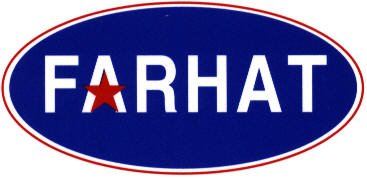Monday, May 28, 2007
Mortgage Fraud Jumps 30%
Mortgage Bankers Report Growing and Widening Lending ProblemsMortgage fraud is a burgeoning crime that is affecting more and more companies and communities, according to a new report from the Mortgage Bankers Association (MBA). In its ninth annual report, the Mortgage Asset Research Institute (MARI), a service to MBA members, illustrates just how quickly the problem is growing. Suspicious activity reports (SARs) related to mortgage fraud have risen from more than 3,515 in fiscal year 2000 to more than 28,000 in fiscal year 2006, representing estimated losses of about $1 billion. It is important to note that this likely represents only the tip of the iceberg, as SARs are only required to be filed by federally regulated institutions, the MBA noted. The MBA's annual reports examine the current composition of residential mortgage fraud and misrepresentation in the U.S. The highlights of the new report are as follows. · The number of SAR reports in the database pertaining to 2006 originations is approximately 30% higher than the number of reports in the 2005 book of business at the same time last year. Additionally, incidents of mortgage fraud are now more evenly distributed across nearly all states, whereas in prior years, reports tended to be concentrated in relatively few states. · Florida holds the top spot for suspected mortgage fraud. While Georgia, which led the rankings in 2005, showed the greatest improvement from prior years' rankings, dropping to fourth. · California's reported fraud had been quite low in the past few years, and some industry experts had suggested that its problems were masked by high real estate appreciation. The recent slowdown in its housing market may explain California's return to high ranking (second) in this year's report. Michigan was third. And · The most common types of fraud found to date in 2006 originations are in the areas of employment history and claimed income. The current unsettled state of the subprime segment of the industry does not bode well for fraud in the coming year, the MBA noted. Subprime lending had grown rapidly in recent years. In late 2006, losses related to loan defaults and fraud greatly diminished investor funding, and subprime originations have fallen sharply. Credit standards have tightened and sources of investor funding have become scarce. Regardless of which investors fill the funding void and when, this segment of originations will continue to have an impact on mortgage fraud trends over the next few years, the MBA said. It will likely take three to five years to uncover most of the fraud and misrepresentation in the 2006 book of business, and MARI continues to receive reports on 2006 loans. During this period of time, many ARM loans will be refinanced, potentially preventing discovery of some of these issues, the MBA added.
Subscribe to:
Comments (Atom)
